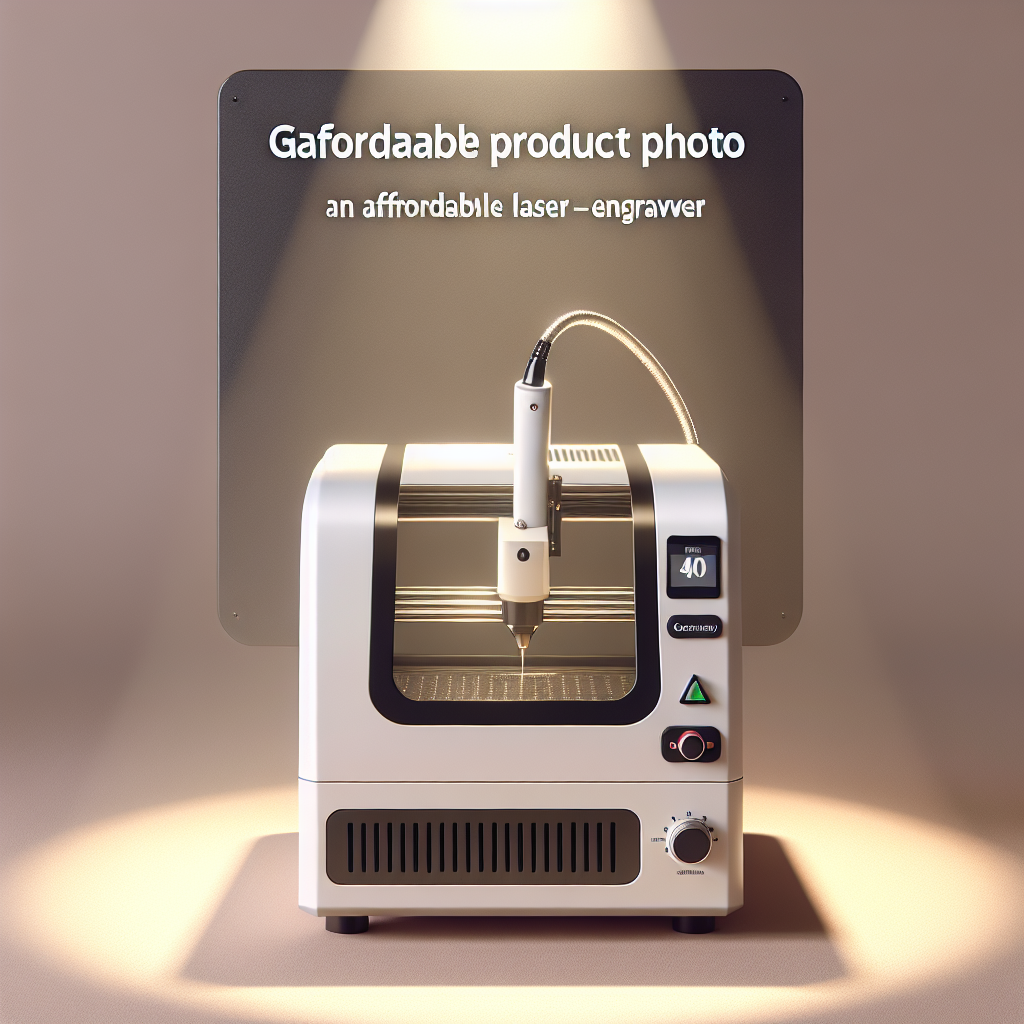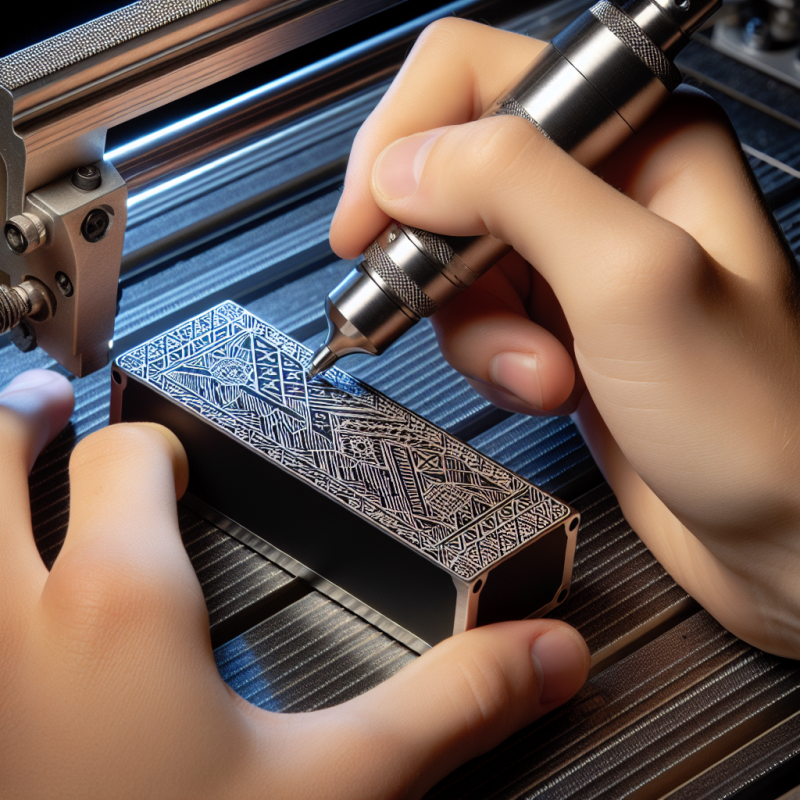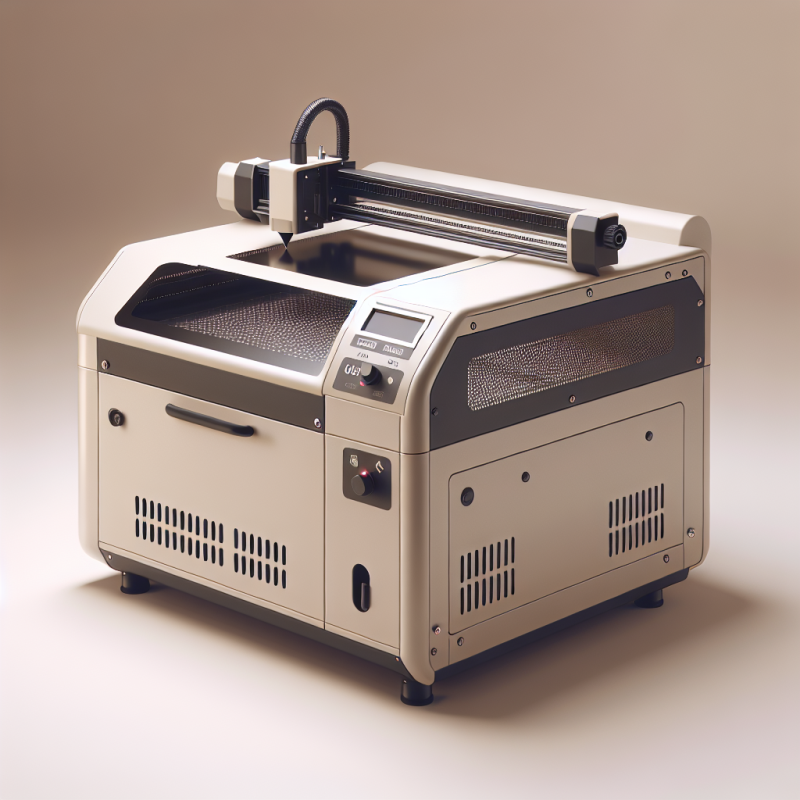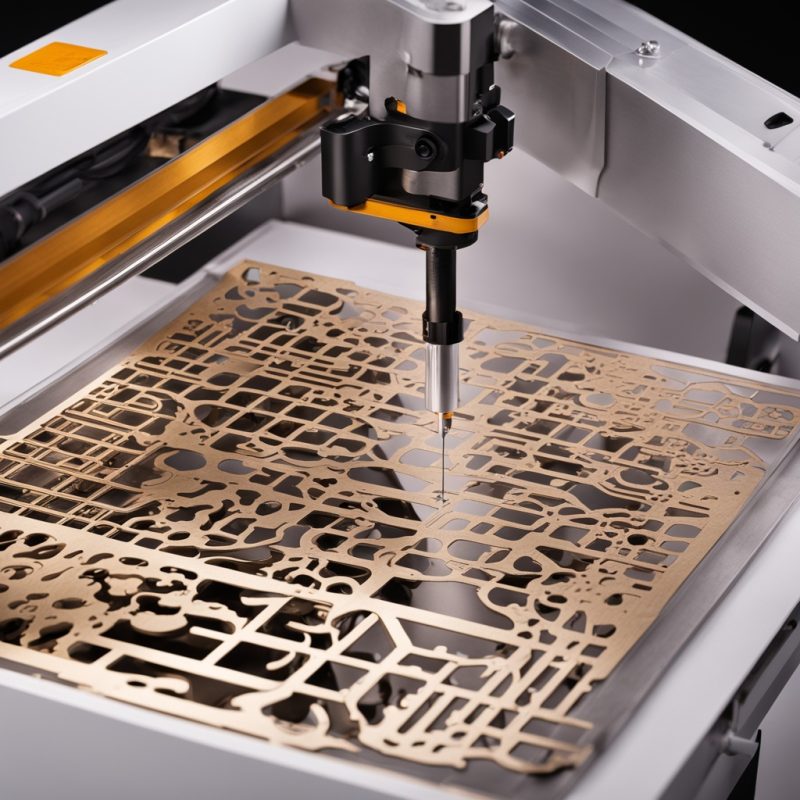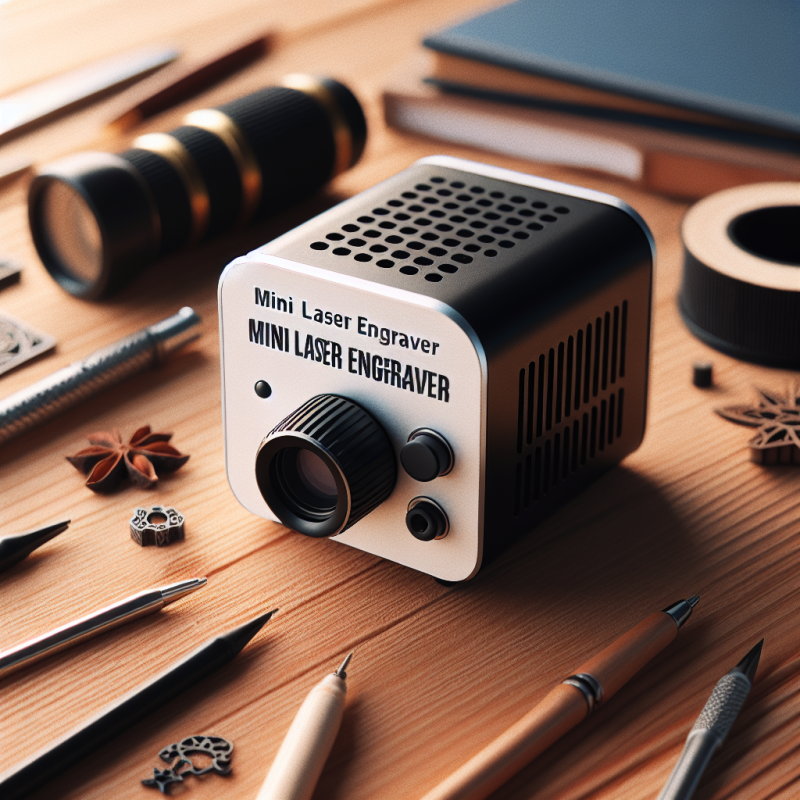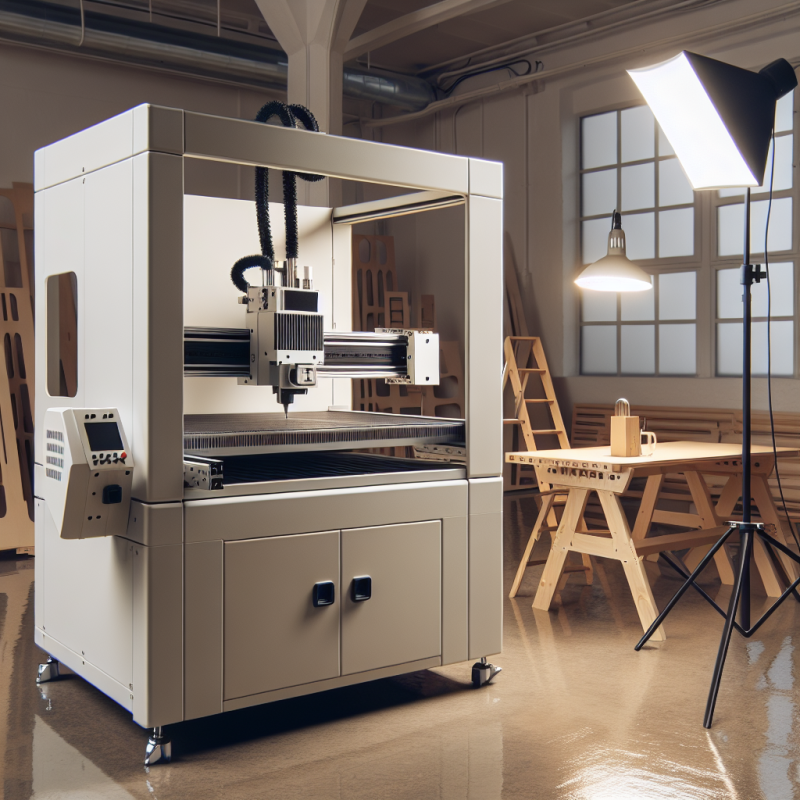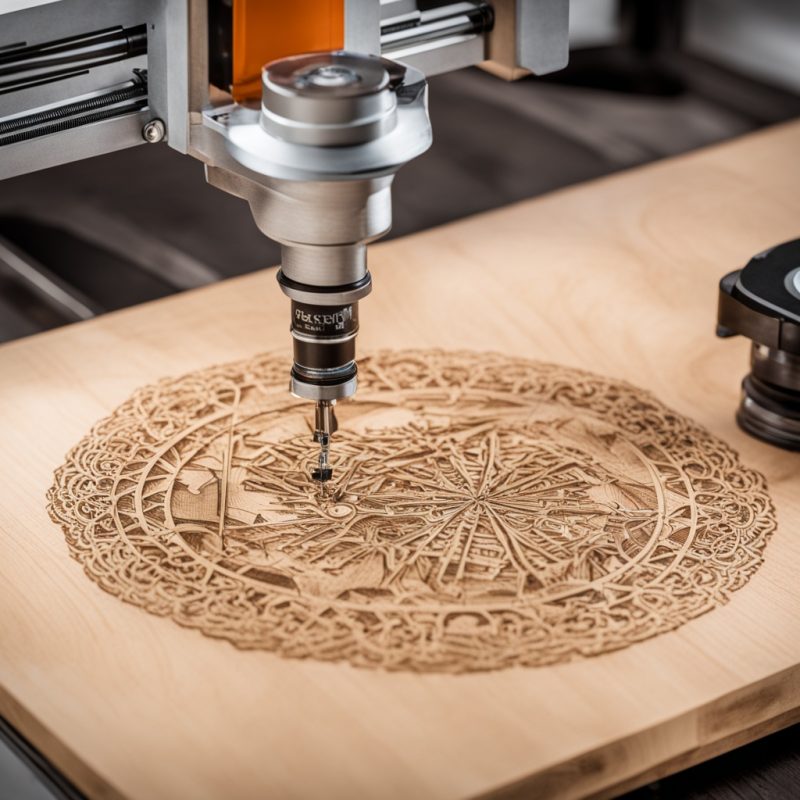The Ultimate Guide to Desktop CO2 Laser Cutters
Desktop CO2 laser cutters have revolutionized various industries by offering precision, speed, and versatility. This guide explores everything you need to know about these machines, their applications, benefits, and how they work.
What is a Desktop CO2 Laser Cutter?
A desktop CO2 laser cutter is a compact machine that uses a carbon dioxide laser to cut, engrave, or etch materials. Unlike traditional cutting methods, this technology offers high precision and efficiency, making it ideal for both industrial and hobbyist use. The from Eagle Laser is a prime example of such innovation.
Applications of Desktop CO2 Laser Cutters
The versatility of desktop CO2 laser cutters allows them to be used in numerous fields:
- Crafting and hobby projects, such as creating custom engravings or cutting intricate designs
- Prototyping in product development for rapid manufacturing
- Sign making and,
Advantages Over Traditional Methods
Desktop CO2 laser cutters offer several advantages:
- Precision: Capable of cutting materials with extreme accuracy, reducing waste and enhancing product quality.
- Speed: Quickly processes various materials, increasing productivity compared to manual methods.
- Cost-effectiveness: Reduces material waste and labor costs over time.
- High-quality optics for consistent performance
- User-friendly interface for easy operation
- Capability to handle multiple materials, including wood, acrylic, and fabric
How Does a Desktop CO2 Laser Cutter Work?
The process involves directing a laser beam at the material, where heat vaporizes or melts it. The machine’s CNC (Computer Numerical Control) system ensures precise movements based on digital designs. For instance, the excels in handling diverse materials efficiently.
Features of the Eagle Laser Desktop CO2 Cutter
Premium features include:
Tips for Choosing the Right Desktop CO2 Laser Cutter
Consider factors like budget, intended use, and material compatibility. Asking “What materials will I primarily work with?” can guide your decision.
Potential Challenges and Solutions
Common issues include maintenance needs and operator training. Regular cleaning and proper usage guidelines can mitigate these challenges.
Case Studies: Real-World Applications
Discover how professionals have utilized the in creative projects, showcasing its adaptability and efficiency.
Maintenance and Safety Guidelines
Regular maintenance ensures longevity, while safety protocols protect operators from hazards like laser exposure.
Future Trends in Laser Cutting Technology
Expect advancements in AI integration and enhanced automation, promising even greater precision and ease of use.
Conclusion
The represents a significant leap forward in manufacturing technology. Its versatility and efficiency make it an invaluable tool across various industries, ensuring continued innovation and adaptation to future challenges.

